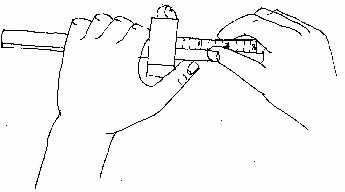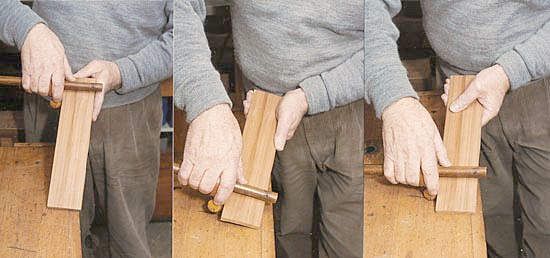


For those of us for whom the gauge sometimes goes adrift, in addition to firmly keeping the stock against the datum face, control of the depth of cut depends on tilting the stock so that the forward corner of the stem rests on the surface of the job. Follow the usual advice to make a light cut first, then follow-up. Hold the gauge so that the thumb is as near to the point as possible, the index finger over the curve of the stock and the lateral pressure applied by the third finger.
Use a half-round file to make a comfort notch where the thumb rests against the corner of the stock.


First set the gauge while holding it this way.
Make final adjustments by tapping one end or the other on the bench top.
Notice that when the stock is too tight to jump you will hear a dull thud, whereas when set just right, you hear a clicking sound.

When you want to limit the length of a gauged line, first stab the points where the line should end. You can then feel when the gauge jumps into the mark